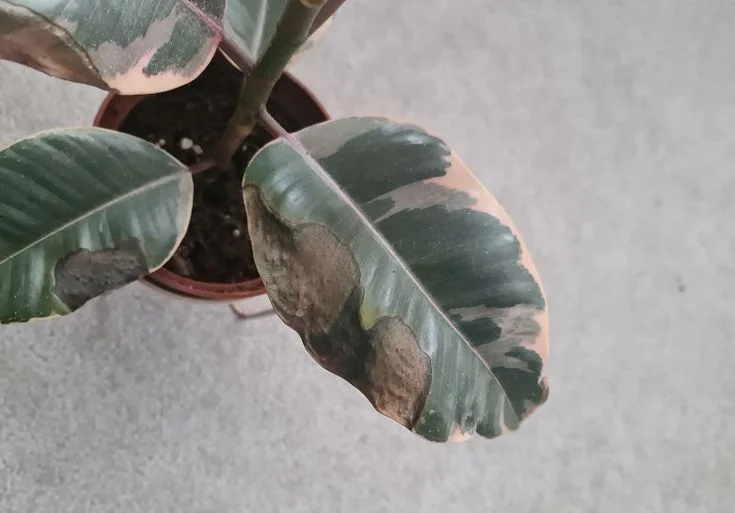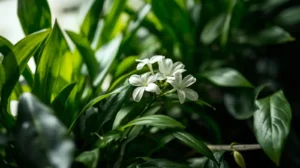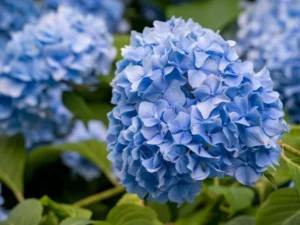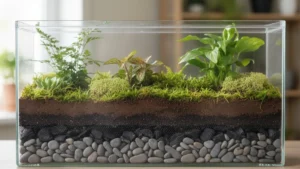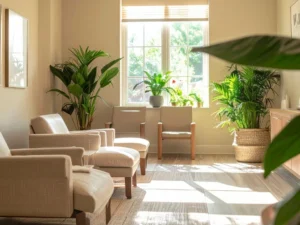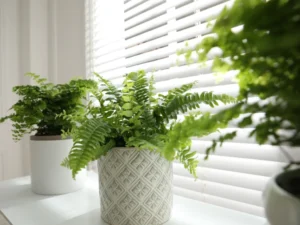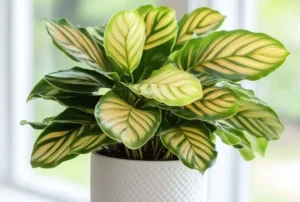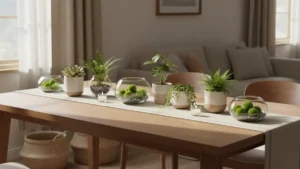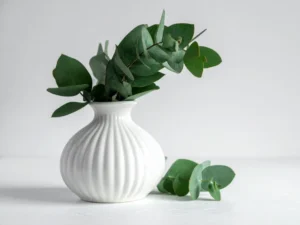Rubber plant leaves falling off is a common issue that troubles many indoor plant lovers. The rubber plant (Ficus elastica) is admired for its bold, glossy leaves and resilience, but when leaves begin to drop, it signals that something is wrong.
Understanding why this happens is the first step toward restoring your plant’s health. In this detailed guide, we’ll explore the main causes of leaf drop, how to fix them, and the best practices to prevent it from happening again.
Why Are My Rubber Plant Leaves Falling Off?

If you are wondering, why are my rubber plant leaves falling off, the answer often lies in environmental stress or improper care. Rubber plants naturally shed older leaves, but excessive leaf drop is usually caused by issues such as overwatering, underwatering, low humidity, or sudden changes in light and temperature.
Overwatering leads to root rot, while dry soil from underwatering causes leaves to droop and fall. Likewise, lack of bright indirect sunlight can weaken the plant, forcing it to conserve energy by dropping leaves.
Drafts, heating vents, or air conditioners also stress the plant and trigger foliage loss. In some cases, pest infestations like spider mites or scale insects may contribute to unhealthy leaves. By carefully observing your rubber plant’s growing conditions, you can quickly determine the reason behind the leaf drop and make the necessary adjustments to keep your plant thriving.
Natural Leaf Shedding
Rubber plants naturally shed their lower, older leaves as they grow. If only a few leaves from the bottom fall off, it’s likely normal aging.
Environmental Stress
Rubber plants are sensitive to sudden changes in their environment. Moving the plant, temperature fluctuations, or relocating it to a new spot with different light can all cause stress-related leaf drop.
Overwatering and Rubber Plant Leaves Falling Off
Overwatering is one of the leading causes of rubber plant leaves falling off. Soggy soil suffocates the roots and leads to root rot, which weakens the plant and triggers leaf drop.
Underwatering Causing Rubber Plant Leaves Falling Off
On the other hand, underwatering deprives the plant of essential moisture. Dry soil leads to drooping leaves that eventually fall.
Low Humidity and Rubber Plant Leaves Falling Off
Rubber plants prefer moderate humidity. In overly dry indoor environments, their leaves can dry out, curl, and drop prematurely.
Insufficient Light
Lack of light can make the rubber plant weak and leggy. When it struggles to photosynthesize, it conserves energy by dropping leaves.
How to Fix Rubber Plant Leaves Falling Off

To fix rubber plant leaves falling off, the first step is identifying the root cause behind the leaf drop. Start by checking your watering routine overwatering often leads to root rot, while underwatering causes dryness and stress. Adjust by watering only when the top two inches of soil feel dry, and always use a pot with proper drainage.
Next, evaluate lighting conditions; rubber plants thrive in bright, indirect sunlight, so move your plant closer to a window or supplement with a grow light if needed. Temperature and humidity are equally important, as sudden drafts or overly dry air can trigger leaf loss. Using a humidifier or misting the leaves will help maintain ideal conditions.
Finally, inspect your plant for pests such as spider mites or aphids, which can weaken foliage. If you’re unsure how to identify plant pests, check out this guide on what does scale look like on plants for helpful tips. By addressing these issues step by step, you can restore your rubber plant’s health, prevent further leaf drop, and encourage vibrant new growth.
Adjust Watering Habits
- Check the top 2 inches of soil before watering. If it’s dry, it’s time to water.
- Use well-draining soil and a pot with drainage holes.
- Avoid letting the plant sit in standing water.
Provide Consistent Lighting
Rubber plants thrive in bright, indirect light. Place them near a window with filtered sunlight or use a grow light if natural light is insufficient.
Stabilize the Environment
- Keep the plant in a stable spot away from drafts and vents.
- Avoid sudden relocations or drastic environmental changes.
Increase Humidity
- Use a humidifier or place a water tray nearby.
- Mist the leaves occasionally to maintain moisture.
Treat Pests and Diseases
Check for common pests like spider mites, aphids, or scale insects. If found, treat with neem oil, insecticidal soap, or wipe leaves with a damp cloth.
Preventing Rubber Plant Leaves from Falling Off
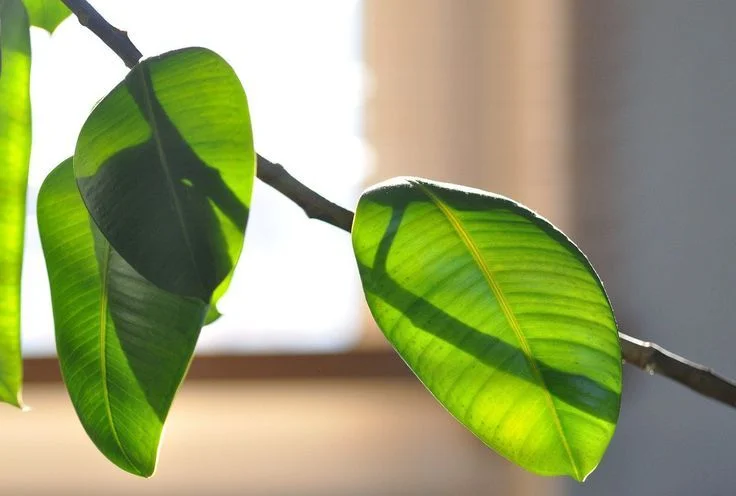
Preventing rubber plant leaves from falling off starts with creating a stable and supportive environment for growth. Consistency in care is the most important factor sudden changes in watering, lighting, or placement often stress the plant and trigger leaf drop.
To avoid this, keep your rubber plant in bright, indirect light and maintain a regular watering schedule, allowing the top layer of soil to dry before adding more water. Humidity also plays a role, so placing a humidifier nearby or misting the leaves occasionally can help maintain healthy foliage.
Fertilizing every few weeks during the growing season provides essential nutrients, while repotting every couple of years ensures fresh soil and proper root space. For more detailed guidance on preventing leaf loss and keeping your plant thriving, check out our comprehensive guide on rubber plant losing leaves.
By combining these preventive steps, you can protect your rubber plant from unnecessary stress, reduce the risk of leaves falling off, and encourage long-term growth with lush, glossy leaves.
Regular Care Routine
Stick to a watering schedule, monitor humidity, and keep the plant in stable light conditions.
Proper Fertilization
Feed your rubber plant every 4–6 weeks during the growing season with a balanced, water-soluble fertilizer. Avoid over-fertilizing as it can damage roots.
Repotting at the Right Time
Repot every 2–3 years or when roots outgrow the pot. Fresh soil improves drainage and nutrient availability.
Seasonal Adjustments
- Water less in winter as the plant grows slowly.
- Ensure adequate light during shorter days with artificial lighting.
For more detailed care tips, visit The Spruce – Rubber Plant Care.
FAQs About Rubber Plant Leaves Falling Off
Q1: Is it normal for rubber plants to lose leaves?
Yes, losing a few older leaves occasionally is normal. However, excessive or sudden leaf drop usually points to stress.
Q2: Can a rubber plant recover after losing many leaves?
Yes, with proper care, your rubber plant can regrow healthy leaves and regain its vibrant look.
Q3: Should I prune my rubber plant after leaf drop?
Yes, pruning encourages bushier growth and removes damaged or diseased parts.
Q4: Do rubber plants need direct sunlight?
No, they prefer bright but indirect sunlight. Direct sun can scorch the leaves.
Q5: How do I know if my rubber plant is overwatered?
Yellowing leaves, soggy soil, and a foul odor from the roots are common signs of overwatering.
Conclusion
Rubber plant leaves falling off may seem alarming, but with the right knowledge, it’s a manageable issue. By understanding the causes ranging from watering problems and low humidity to insufficient light you can take the proper steps to restore your plant’s health.
Regular care, a stable environment, and consistent monitoring will not only prevent leaf drop but also help your rubber plant thrive for years to come.If you act quickly and apply these tips, your rubber plant will reward you with lush, glossy leaves that brighten your indoor space.

